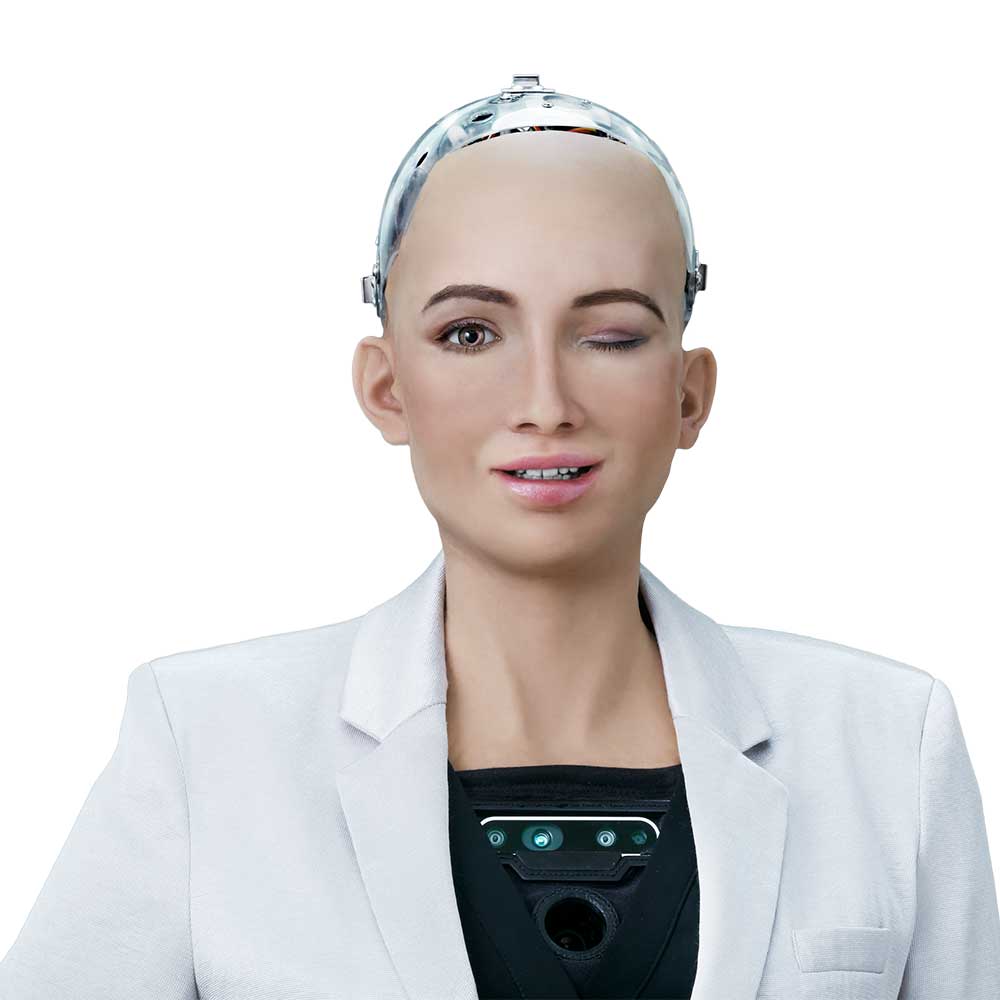
Sophia: The Journey of a Humanoid Icon in Robotics Exploration
By Sophia Chen
Sophia the Robot, a milestone in humanoid robotics, is advancing the frontiers of AI and human-robot interaction. Released in 2016 by Hanson Robotics, Sophia serves as a benchmark for exploring the capabilities and societal roles of humanoid robots.
Sophia the Robot, a milestone in humanoid robotics, is advancing the frontiers of AI and human-robot interaction. Released in 2016 by Hanson Robotics, Sophia serves as a benchmark for exploring the capabilities and societal roles of humanoid robots.
Sophia represents the convergence of robotics, AI, and art, illustrating both the potential and challenges of humanoid robots. Her creation marks a significant point in the evolution of interactive AI systems, combining expressive character with advanced machine learning to engage and educate. As we explore her development, capabilities, and impact, Sophia's journey reflects the broader narrative of humanoid robotics in modern technology.
The Genesis of Sophia
The Genesis of Sophia
Sophia was engineered by Hanson Robotics, a Hong Kong-based firm, and first activated on February 14, 2016. Designed by founder Dr. David Hanson, Sophia was built to learn and adapt to human behavior and perform various roles across industries.
Sophia's Capabilities and Technology
Her development involved advanced technologies, including innovations in AI, machine perception, and expressive behavior synthesis. These features enable Sophia to convincingly mimic human social interaction, with over 60 facial expressions to make her communication more natural and relatable.
Sophia's Capabilities and Technology
Impact and Reception
Sophia integrates sophisticated AI algorithms and facial recognition technology, allowing her to engage in conversations and understand human emotions. Her AI framework processes visual data, recognizes speech, and autonomously generates responses.
Using a cloud-based AI platform, Sophia continuously learns and adapts, improving her interactive capabilities over time. This architecture allows her to enhance her performance in various applications, from customer service to healthcare support.
Sophia in Practical Applications
Impact and Reception
Since her debut, Sophia has gained worldwide attention as a cultural ambassador and participant in numerous high-profile public engagements. Her presence at international events, including the United Nations and major tech conferences, underscores the growing role of anthropomorphic robots in society.
Future Developments and Challenges
Sophia's citizenship in Saudi Arabia, awarded in 2017, sparked global debate about robot rights and human-robot coexistence, raising critical questions about legal and ethical frameworks in the era of humanoid robots. The public's reaction highlights the duality of fascination and apprehension in adopting humanoid robots as social beings.
Sophia in Practical Applications
By the numbers
- Facial Expressions: Over 60 expressions, 2023 — Hanson Robotics
- Initial Activation: Feb 14, 2016 date, 2016 — Company Report
- Countries Visited: Numerous countries, 2023 — Global Engagement Reports
What's next
Sophia continues to evolve as a front-runner in humanoid robotics, with Hanson Robotics focusing on enhancing her emotional intelligence and expanding her capabilities across new applications. The future promises more advanced iterations of Sophia, integrating deeper AI insights and greater societal integration.
> Sophia's creation marks a pivotal point in the evolution of interactive AI systems, blending expressive character with sophisticated machine learning.
Beyond symbolizing advanced robotics, Sophia is actively employed in sectors requiring human-robot interaction insights. These include education, where she helps teach AI and robotics, and customer service roles, serving as both a functional service and a novel customer engagement tool.